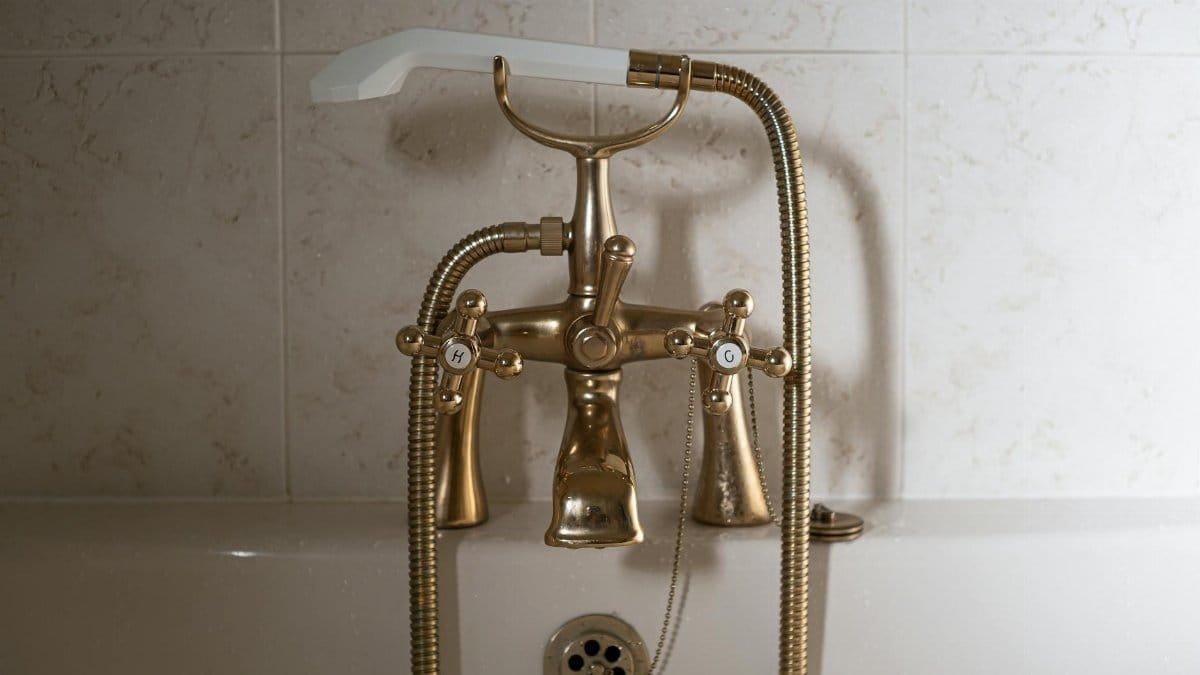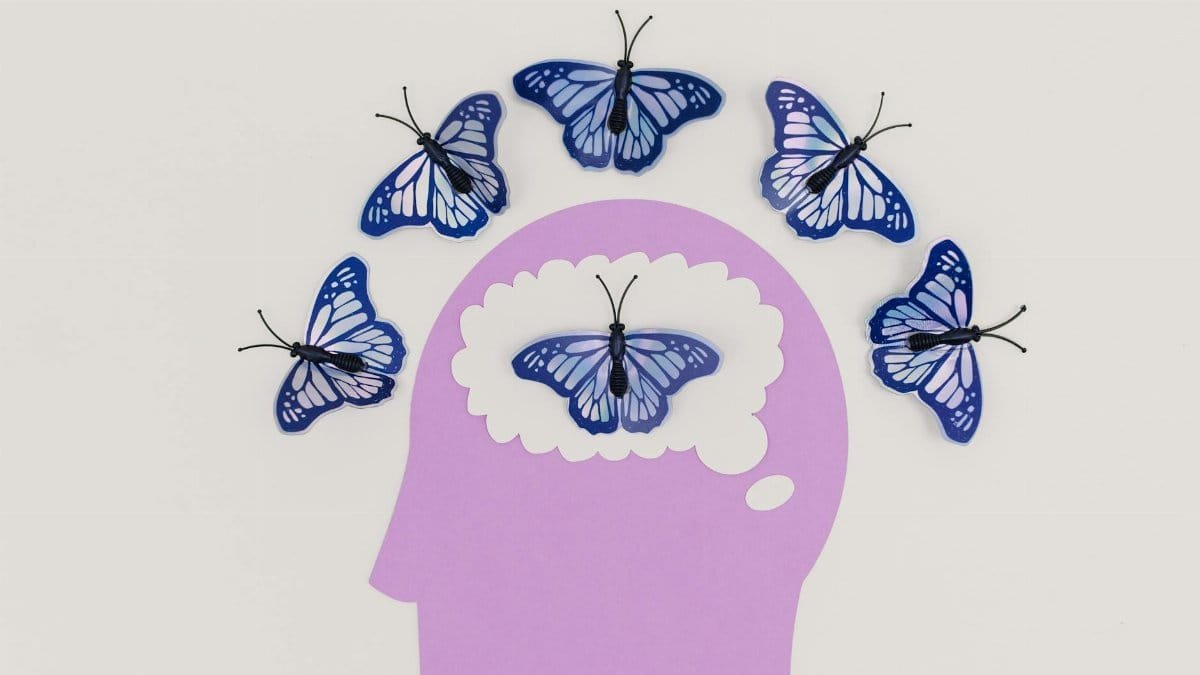Is cold shower dopamine the secret to a quick mood boost? Simply put, cold shower dopamine refers to the surge of this feel-good neurotransmitter triggered by brief exposure to chilly water. Research suggests that just 60 seconds under a cold shower can spike dopamine levels, enhancing focus and energy. It’s no wonder wellness enthusiasts are jumping on this trend in 2025. This article uncovers why a quick blast of cold water might be your fastest route to feeling sharper and more alive.
What Is Cold Shower Dopamine?

Cold shower dopamine is the brain’s natural reward chemical released in response to the shock of cold water. Dopamine plays a key role in motivation and mood regulation, and studies show that cold exposure can trigger its release almost instantly. This isn’t just a fleeting buzz—it’s a physiological response tied to the body’s adaptation to stress. The result? A quick hit of mental clarity and positivity that can last for hours.
How Cold Showers Trigger the Boost

The science is straightforward: cold water shocks the nervous system, prompting a cascade of responses, including increased heart rate and a rush of adrenaline. This stress response signals the brain to release dopamine as a coping mechanism. Research from the National Institutes of Health highlights how cold exposure activates the sympathetic nervous system, driving this effect. You can read more about the physiological impacts at NIH Study on Cold Exposure.
Why 60 Seconds Is Enough

You don’t need to freeze for long. Studies suggest that just 60 seconds of cold water immersion can stimulate dopamine release effectively. The key is the initial shock—once your body adjusts, the effect plateaus. A brief blast maximizes the benefit without risking discomfort or hypothermia. It’s a practical hack for busy mornings when you need a mental edge without much time.
Benefits Beyond the Brain Buzz

While the dopamine surge is the headline, cold showers offer more. They improve circulation, reduce inflammation, and even bolster immune function, according to research summarized by Harvard Medical School. These physical perks compound the mental lift, making you feel invigorated on multiple levels. Check out the broader health impacts at Harvard Health on Cold Immersion.
Who Should Try It?

Cold showers aren’t for everyone, but they’re ideal for those seeking a natural energy boost without caffeine or supplements. Athletes often use cold therapy for recovery, while others turn to it for stress relief. If you struggle with morning grogginess or low mood, a quick cold rinse could be a game-changer. Just start slow—30 seconds at first—to test your tolerance.
Potential Risks to Watch

That said, cold showers aren’t risk-free. The sudden temperature drop can strain the heart, especially for those with cardiovascular issues. Always consult a doctor if you have health concerns. And never push past discomfort—shivering uncontrollably means it’s time to stop. Safety first, even with something as simple as a shower.
How to Make It Work for You

Ready to tap into cold shower dopamine? Start with a warm shower, then switch to cold for the last 60 seconds. Focus on deep breathing to manage the initial shock. Do it consistently—daily if possible—to build resilience. Over time, your body adapts, and the jolt becomes less intense but just as rewarding. It’s a small habit with a big payoff.
